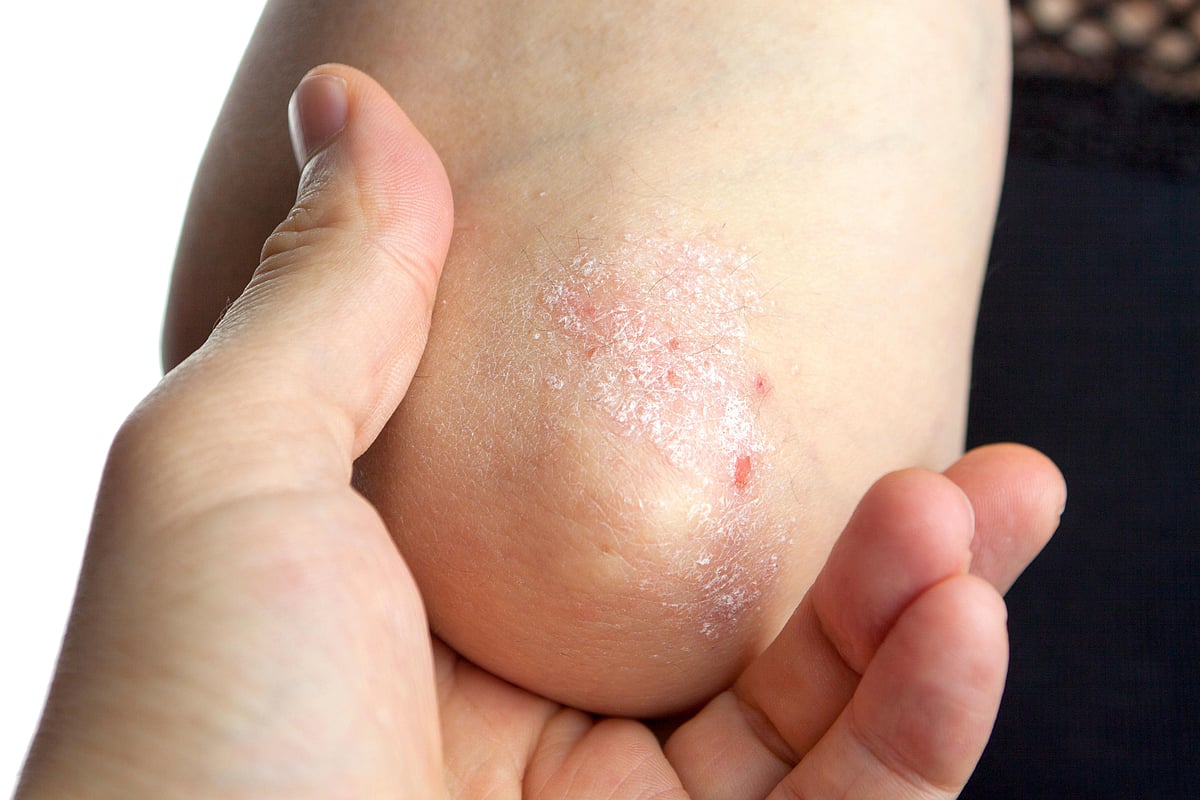Comorbidities Up Among Patients With ESRD, Concomitant Psoriasis

WEDNESDAY, Aug. 17, 2022 (HealthDay News) -- For patients with end-stage renal disease (ESRD), those with concomitant psoriasis are younger and more often have cancer, diabetes mellitus, and coronary artery disease, according to a study published online July 26 in the Journal of Clinical Medicine.
Johannes Wild, M.D., from the University Medical Center Mainz in Germany, and colleagues examined the impact of concomitant psoriasis on the in-hospital outcomes of patients hospitalized with ESRD. A total of 360,980 hospitalizations of patients treated for ESRD in German hospitals were identified from 2010 to 2020; 0.3 percent of these patients also suffered from psoriasis.
The researchers found that within the time period, the annual number of all ESRD patients increased, but slight decreases were seen in the number of patients with ESRD and psoriasis. Patients with ESRD and psoriasis were younger (66 versus 71 years), more often obese (17.5 versus 8.2 percent), and more often had cancer (4.9 versus 3.3 percent), diabetes mellitus (42.7 versus 38.5 percent), and coronary artery disease (31.1 versus 28.0 percent). For patients with ESRD, psoriasis was not associated with in-hospital case fatality in multivariate regression models.
"Taken together, our study results should be considered hypothesis-generating, and large prospective observational studies are needed to further explore the impact of psoriasis on different stages of acute and chronic kidney disease," the authors write.
Several authors disclosed financial ties to the pharmaceutical industry.
Related Posts
Set of 15 Serum Biomarkers Can Predict Knee OA Progression
THURSDAY, Jan. 26, 2023 (HealthDay News) -- A set of 15 serum biomarkers can...
Vaccinations for Children Will Be in Full Swing by Nov. 8, White House Says
MONDAY, Nov. 1, 2021 (HealthDay News) -- The U.S. government's COVID-19...
Factory at Center of Baby Formula Recall Will Produce Similac Soon
MONDAY, Aug. 29, 2022 (HealthDay News) -- Roughly six months after it shut down...
EE. UU. gasta más en cáncer que ningún otro país. ¿Por qué las tasas de supervivencia son bajas?
JUEVES, 2 de junio de 2022 (HealthDay News) -- Estados Unidos gasta mucho más en...
